New Zealand has one of the direst records of extinction is modern times, second on really to Hawaii in terms of bird species lost. I’ve written at length in the past about the circumstances of that extinction event, how the rich endemic fauna was utterly vulnerable to introduced mammals and how waves of invaders wiped out different groups of species. I’ve also touched on how New Zealanders have responded to these extinctions, but not in as much depth.
Once the link between mammalian invaders and bird extinctions had been confirmed without doubt (something that took a lot longer than it really should have) the problem became what to do about it. The initial solution was translocation, but there were a limited amount of islands on which you could place species without mammals being a problem, and they were only very small islands. The other obvious solution was to make more predator-free islands. But while obvious this was also a much harder proposition. Getting rid of rabbits and goats was something that had been done for many years, but it was generally thought that rats and cats would be impossible to remove from all but the smallest islands.
Eradication is an all or nothing business. You have to be rid of every last individual (or all but one as long as it isn’t female and pregnant) for it to work; miss a few and your problem will be back with a vengeance very quickly. In the traditional way of eradicating species, a long drawn out war, the first 90% were easily dealt with, but the survivors were warier and harder to catch. To deal with this problem an alternative was developed. Instead of going for the long war they went for a blitz. Hit the rats hard and quick in a single hit. By calculating how far rats were prepared to travel to feed and then doing a drop of bait so that the entire island was covered, and even feeding them unpoisoned bait a head of time, you could get all of them at once without any rats having time to learn to avoid the bait. The first island treated in this was was Breaksea Island in 1988. At 170 hectares it was six times larger than any other island that had been cleared of rats, yet within 21 days of the drop the island had been cleared.
Since then 60 islands have been cleared of rodents, from the sub-tropical Kermadecs to the sub-Antarctic islands, including the ambitious undertaking that was Campbell Island. At 11.300 hectares it is the largest island to date that has been cleared, and also the most challenging, far to the south of New Zealand in the difficult Southern Ocean. The provision of more predator free islands has made conserving endangered species much easier, although there still are risks, illustrated perhaps best by a recent near miss where a possum almost reached predator-free Kapiti Island. Rangers at Kapiti had only recently managed to eliminate a stoat that had arrived on the island, illustrating that the system isn’t perfect.
Where does New Zealand go from here? Well, people are talking big. Stewart island big. That’s the ambitious plan that’s being floated to make New Zealand’s third largest island into its most important natural sanctuary. Clearing Stewart Island would have massive implications, it would effectively provide a sanctuary for most of New Zealand’s native species (a handful of North Island endemics or other assorted specialists notwithstanding), and it would represent both a massive undertaking and investment. It would also be the first inhabited island to undergo such a programme, which would have important implications of other places like Greater Barrier Island or the Chathams. Of particular interest would be the commitment of the islanders to give up having cats as pets. The project is very much in the early stages, but it is one to watch with interest.
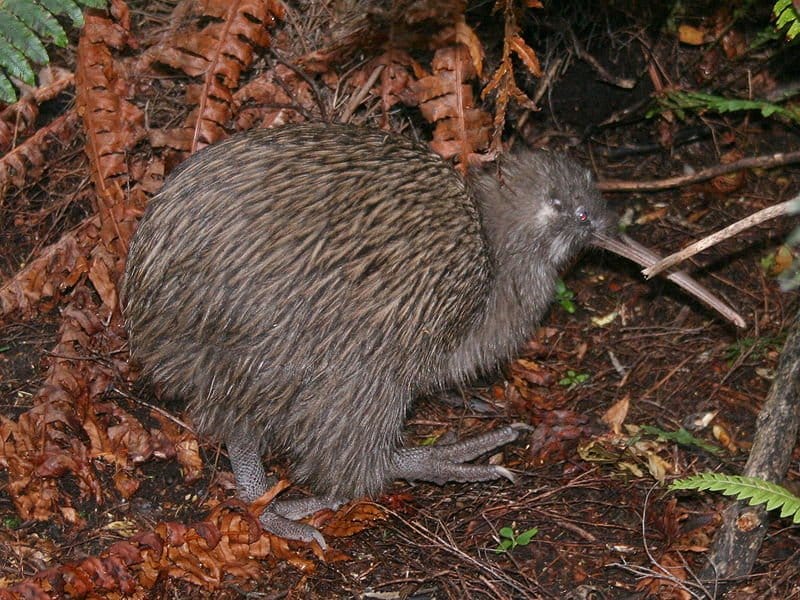 Stewart Island Tokoeka (Apteryx australis) are often the highlight of a visit to Stewart Island, and would be one of many birds to benefit from the eradication of introduced mammals from the island. Image by Glen Fergus. (Creative Commons Attribution Share-alike)
Stewart Island Tokoeka (Apteryx australis) are often the highlight of a visit to Stewart Island, and would be one of many birds to benefit from the eradication of introduced mammals from the island. Image by Glen Fergus. (Creative Commons Attribution Share-alike)
And, ultimately, it would itself be the testing ground for an even more ambitious project. The only way to permanently secure the fauna of New Zealand is to remove the cats and rats from the whole country. Insanely ambitious? Perhaps. But it’s something to think about. New Zealand faces massive challenges in protecting its species. Fortunately an increasing number of Kiwis are thinking in increasingly large terms about the solutions.





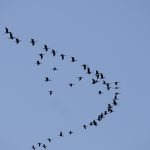
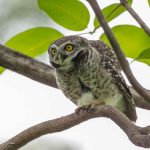
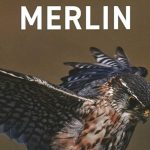
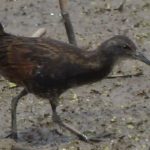

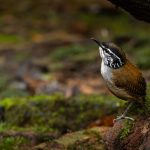
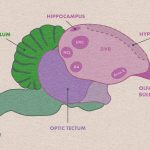
Fascinating post! Several years ago I was thrilled to visit Tiritiri Matangi and see the wonderful work they had done eradicating pests. Best wishes with the dream of a pest-free Stewart Island… it sounds like an exciting adventure!
What are the poisons that they are using? Do they have any effects on raptors or any other wildlife that eat the rodents?
What are they doing with the poisoned rodents?
Joyann – The poison is 1080, which doesn’t bioaccumulate. The worst side effect is the incidental poisoning of some native birds like kaka or kea, but a single poisoning episode does much less damage than ongoing predation by mammals, and populations quickly rebound after the mammals are removed.
It is great that conservation on the off-shore islands on such a scale is being considered and worked at. A few months ago I visited the south Island of N.Z. after an absence of 51 years! (Yes, I know, that really dates me!!) I was surprised that I just didn’t see the native birds that I remembered from when I was growing up in NZ. I didn’t expect to see the rarities that I saw as a child but I didn’t expect so many of the other ones I remembered as fairly common to be no longer there. On the other hand I saw so many more of the introduced English species. The ecological balance had changed! It would be wonderful if it could be restored in places like Stewart Island.
Nice post Duncan – great to learn about these recent successes. Hope to visit one day soon.
A predator-free Stewart Island would be a dream-come-true.
When I was there around 10 years ago, there was much local outcry in Oban about DOC’s plans/ideas/suggestions of dropping 1080 onto the island. Some locals even went so far as to threaten to deliberately release stoats and ferrets to wipe out Kiwi in “revenge” should DOC proceed and apply the poison. Their main concern was – of course – their pets and the wiping out of deer which are hunted. Local hunting guides feared for their income.
Has this changed for better in the last decade?
For the moment the deer would be left in place. Hopefully attitudes will shift in time, for the moment removing the rats and cats would be a huge step. As for pets, the project is expected to be two stage with a fence around Oban to keep the pets in the village.
What an exciting project, what I can’t understand is, why is it taking so long? From what I understand funding would be relatively easy and a majority of the islanders are now on side, so what’s the hold up?
This has the potential to be a world class project that would safe guard the future of all NZs rare and threatened species, someone needs to lead the charge and make this happen sooner rather than later.
While we wait, Mohua, Orange Kakariki and a plethora of others are on the slippery slide to extinction.